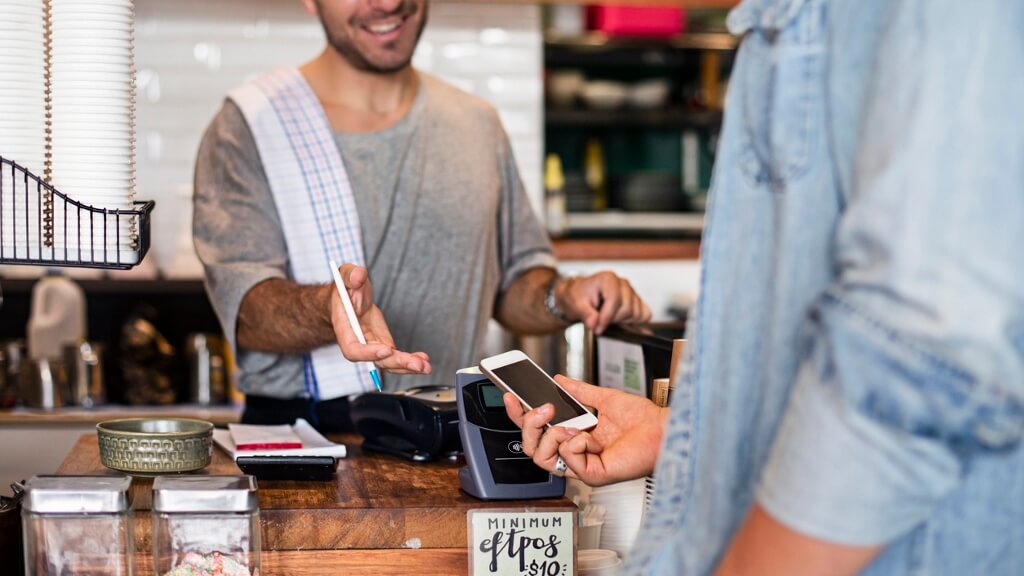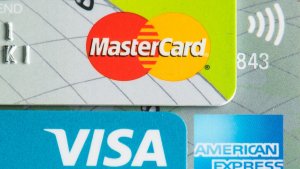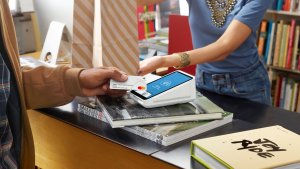Making The New Contactless Payment Limits Good For Consumers And Businesses
The increased limit must come with security assurances.

Contactless payments have boomed during the pandemic. With less physical contact required, they have been pushed as a safer and more convenient way to pay for products than cash.
Such is the shift away from cash during the pandemic that brands including Starbucks, Next and Ikea are now no longer accepting it as payment in their stores.
To aid the acceleration and increase the usage of contactless payments, the UK Government announced in its latest budget that the spending limit on these transactions would rise from £45 to £100.
Following on from last year’s rise of £15, the latest increase on contactless payments should be music to the ears of consumers, who can benefit from their convenience and safety. However, despite the advantages on offer, not everyone is enthusiastic about the changes.
Despite the many benefits contactless payments offer with convenience and safety, the increased spending limit has been met with scepticism and concern. Research from Ipsos Mori for instance has shown 53% of consumers expressed concern about the rise.
To check this ourselves, we ran our own Twitter poll on the subject and found similar results with over half (57.9%) of respondents against the rise in the contactless limit. While this opposition might be surprising to some, it tracks with the opinions of some consumers since the introduction of contactless cards back in 2007.
Cost and convenience
Originally introduced to make spending in physical locations faster and easier for consumers, contactless payments have been fighting an ongoing battle about fraud and security. This is largely due to the old security expert mantra that convenience often comes at a cost.
If you drop a regular bank card for instance and someone picks it up, they can't use it without knowing your PIN. With a contactless card, however, there's no authentication required; anyone can use it so long as they remain within the spending limits.
The only security measure in place is the occasional request for a consumer to insert their card and pay via chip and PIN.
Nonetheless, while security measures are restricted to aid convenience, consumers are not without protection. If a card is lost or stolen and someone spends money on it before a consumer has a chance to cancel it, then their bank will reimburse the losses, provided there has not been any negligence.
In fact, despite the belief that increasing the contactless limit will lead to more fraud, this hasn't been the case in the past. Data from UK Finance shows that in 2020, there was a drop in the level of contactless fraud, despite the increase to £45.
And while this drop can be partly attributed to the pandemic limiting the opportunities for fraudsters, the increases to £20 in 2012 and £30 in 2015 saw only small changes in the level of fraud being committed at the time.
Based on this data and backed up by the responses we saw from our Twitter poll, consumers are largely unaware of the protection on offer and the real risks associated with a contactless card. In truth, contactless cards offer more protection than physical cash.
If you withdraw £100 from your bank and lose it, it's gone for good. If someone spends £100 using your contactless card, in most cases your bank will refund the money.
Building trust with technology
The issue then is a matter of trust between consumers and their contactless cards, as protections are already in place. This is an area that banks and the payment industry need to come together on to help solve.
However, it needs to be done in a way that not only provides consumers with confidence but doesn’t impact the customer experience or cause friction for retailers and hospitality businesses. Getting this right will be a win-win for all as consumers love convenience which is exactly what contactless cards were designed to offer.
Already for online payments, there are multiple methods payment processors can use to authenticate transactions and counter fraud.
Address Verification Service, Card Verification Value, Device Identification, and 3-D Secure Payer Authentication effectively identify and prevent fraudulent transactions, but when it comes to in-store purchases, verification is more difficult.
This is due in part to banks being strategically vague with regards to their stance on fraudulent transactions. While consumers are concerned about fraudulent spending on their cards, banks are concerned about dealing with fraudulent claims.
However, if banks worked closely with the payment processing industry, there would be numerous preventative avenues to explore that deliver the level of service which is needed.
For instance, systems such as risk scoring, which uses data points and machine learning algorithms to assess the probability of a transaction being fraudulent can help with adding an extra layer of security.
Nonetheless, while systems such as risk scoring will help, banks can help take things further by working even closer with payment technology providers.
One way to do this would be, if a customer's contactless card is used to make a payment a long way from their registered address, the payment terminal would automatically prompt them to enter their PIN.
Once they've authenticated the transaction, they can then use their contactless card in nearby shops, pubs, bars, and restaurants without further authentication.
In doing so, customers can be reassured that their card is protected against fraud, while businesses can benefit from a new authentication process that doesn’t impact the customer experience. Ultimately though, by working closer together the possibilities are endless for what banks and payment technology providers can do to help.
So, if the new £100 card limit is to offer the convenience and advantages that the new legislation is aiming to do, banks and payment providers need to come together to provide the assurances that consumers demand without impacting the customer experience businesses need to survive.
After the difficult times businesses have been through with the pandemic, banks and payment providers must help them recover and make sure the new £100 contactless spend limit is a success.
David Maisey is CEO at MultiPay Global Solutions.
Thanks for signing up to Minutehack alerts.
Brilliant editorials heading your way soon.
Okay, Thanks!

